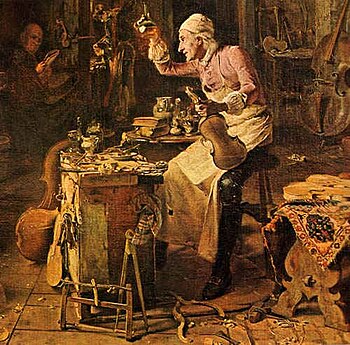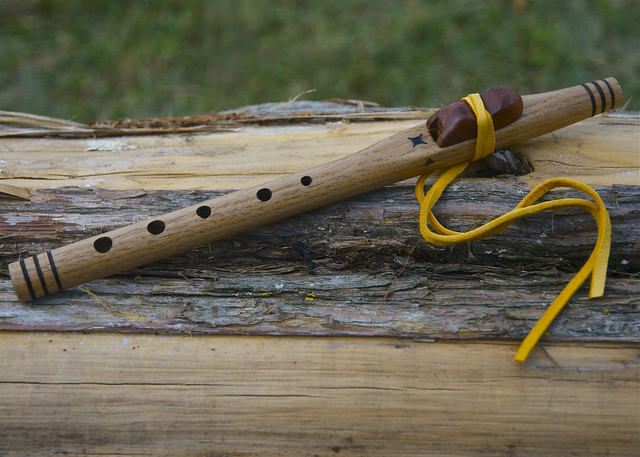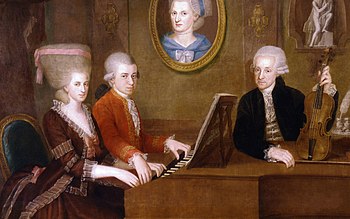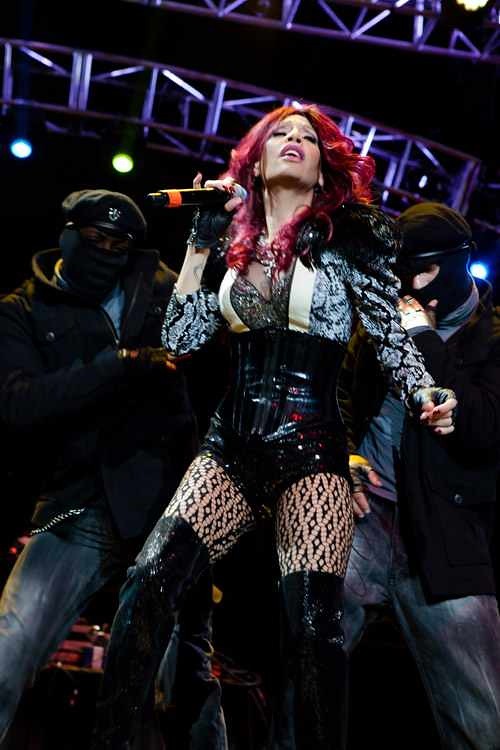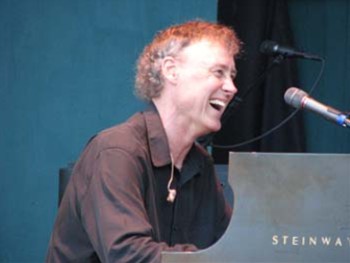 |
Bruce Hornsby performing on a Steinway concert grand piano.
(Photo credit: Wikipedia) |
For me, the piano is the symbol of what is stiff, proper and elegant. It doesn't have faults, it is perfect. Pianists are the most perfectionist people in the world. They should not and can not make mistakes especially when performing. That is how I viewed the piano and the pianists. But then, I just found out I was wrong. A few types of research and I have once again proven that appearances can be deceiving.
The pianists we see play appear to be the most formal and respectable stars on the stage. They hold the power and the breadth of the audiences. They could look intimidating in their formal suits not to mention the authority and the air of arrogance they exude while on stage. They can be captivating.
But before we forget, these pianists are also human. And humans do make mistakes. Most of these mistakes can be frustrating and depressing. But then, there are also mistakes that are amusing and could also be totally hilarious. It shows how fun could be inserted even in the most seemingly stuffy and proper event.
Here are some examples:
When asked for their definition of a piano, some famous musicians and musical enthusiasts have some famous replies:
· For David W. Barber (The Musician's Dictionary), a piano is a cumbersome piece of furniture found in many homes, where playing it ensures the early departure of unwanted guests.
· Piano (n.) is a parlor utensil for subduing the impertinent visitor. It is operated by depressing the keys of the machine and the spirits of the audience, according to Ambrose Bierce, an American journalist (The Devil's Dictionary).
· A piano tuner is a person employed to come into the home, rearrange the furniture, and annoy the cat. The tuner's chief purpose is to ascertain the breaking point of the piano's strings.
Though these definitions may sound humorous, you can never miss the ironies in it. Coming from people who live and breathe the piano, these definitions seem odd.
Here's more - when asked about their secrets in playing, you would certainly be surprised at how simple their secrets can be, and definitely applicable.
· Australian pianist Artur Schnabel said, "I always make sure that the lid over the keyboard is open before I start to play".
· "Nothing soothes me more after a long and maddening course of pianoforte recitals than to sit and have my teeth drilled", said George Bernard Shaw, a writer, and a music critic.
I definitely agree with Artur Schnabel's top secret! I wonder why George found it relaxing to have his teeth drilled after hearing the pianoforte recitals. Check out more of the piano's funny side:
· Bob Hope, an American comedian commented on fellow comedian Phyllis Diller on her playing the piano: "When she started to play, Steinway himself came down personally and rubbed his name off the piano."
· A band teacher recalled the title of the song "Claire de Lune" played by a student as "Claire de Loonie".
· The audiences at a piano recital were appalled when a telephone rang just off stage. Without missing a note, the soloist glanced toward the wings and called, "If that's my agent, tell him I'm working!"
Now, let's check out some famous questions and answers in the funny world of the piano:
· What do you get when you drop a piano down a mine shaft? A flat minor
· What do you get when you drop a piano on an army base? A flat major
· Why is an 11-foot concert grand better than a studio upright? Because it makes a much bigger kaboom when dropped over a cliff.
· Why was the piano invented? So that the musician would have a place to put his beer.
· Why did they say that the pianist had fingers like lightning? They never struck the same place twice.
· What did they find when they dug up Beethoven's grave? He was decomposing.
· Why did Mozart kill his chicken? Because they always ran around going, "Bach! Bach! Bach!"
· Imagine a singer, a piano player, a bass player and a drummer sitting around the table. Now if you drop a hundred-dollar bill right in the middle and tell them they're free to take it, who's getting it? The piano player. Because the bass player is too slow, for the winger it's too little money and the drummer didn't get the assignment.
Now that we've seen the humor under they keyboards, the piano and the pianists are not as elusive as they seem to be. It is just like discovering a new type of music. The piano and the pianist can take not just the breath out of the audiences but also the laughter as they present not only fine music but terrific humor as well. Having fun is what life is all about.
